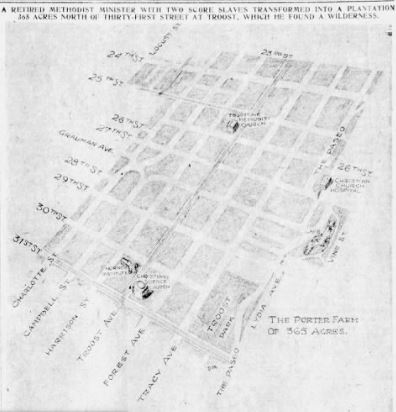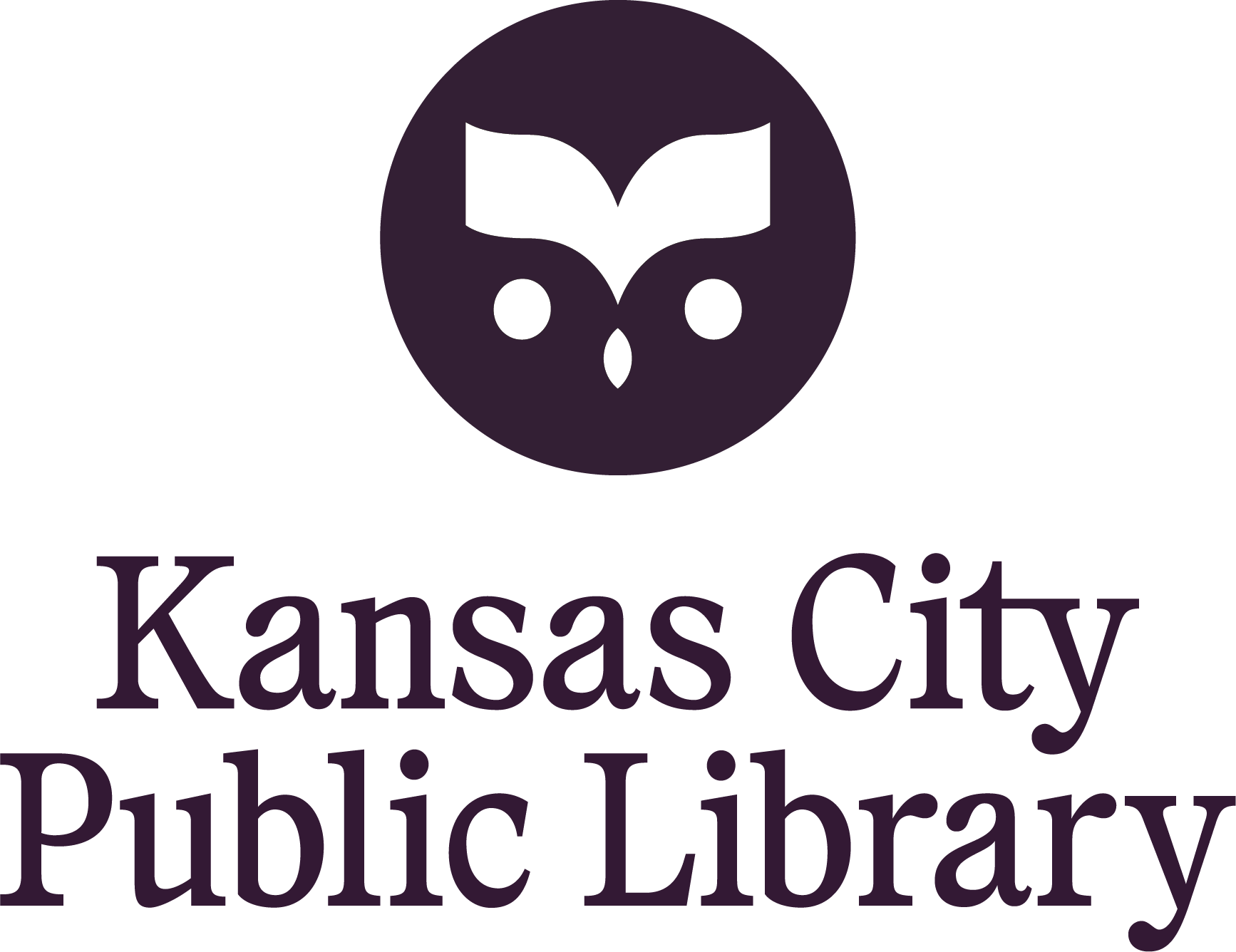Yes, Kansas City’s Troost Avenue was named for a slaveholder. And that’s not all we found...
“What’s your KC Q” is a joint project of the Kansas City Public Library and The Kansas City Star. Readers submit questions, the public votes on which questions to answer, and our team of librarians and reporters dig deep to uncover the answers.
Have a question you want to ask? Submit it now »
by Cortlynn Stark | The Kansas City Star

Troost Avenue has become known as Kansas City’s dividing line — and its roots run deep in the city’s history of racial segregation and slavery.
A reader asked ”What’s your KCQ?,” a community reference project with The Star and the Kansas City Public Library, about its origins: “Wasn’t Troost Avenue named after a slaveholder who had a plantation at 31st and Troost?”
We dove into records kept by the library, through decades of newspaper clippings and, of course, a thorough Google search, to learn more about who Troost Avenue is named for and what used to be along the road.
The answer? Yes and no. Its namesake, one of Kansas City’s founding fathers, was a Dutch physician and slave owner. The slave plantation was owned by a preacher.
But first, here’s what else we found about Troost Avenue and its namesake:
Dr. Benoist Troost and early Kansas City
Before Troost became an avenue, the Osage Nation used it as a hunting trail and path to the Missouri River. Treaties with the United States between 1808 and 1825 displaced the Osage, then forced to travel along the Trail of Tears. By the end of that forced removal, the population was reduced by 95%, according to the Osage Nation Foundation.
Born in Holland in 1776, Dr. Benoist Troost moved to Kansas City around 1847 after serving as a hospital steward in the Army of Napoleon. He was the city’s first resident physician. Troost was one of the trustees when the town of Kansas was incorporated by the county in 1850, according to documentation provided by the library, and again when the Missouri General Assembly incorporated the city in 1853.
Troost also ran for mayor, losing to William S. Gregory.
He built the area’s first brick hotel, the Gillis House Hotel, in partnership with William Gillis. It was finished in 1850 on the banks of the Missouri River between Delaware and Wyandotte streets. It was known as the “finest building in the city,” and later, as the “free state hotel.”

After Troost stopped running the hotel, it changed ownership between pro-slavery and anti-slavery leaders. At one point, after being purchased by the New England Emigrant Aid Company, it was known as the “American Hotel.”
From 1854 to 1855, a man named M. Childs, of Independence, ran the hotel, The Star reported.
“The slavery agitation on the border was just then beginning to assume that sanguinary aspect which afterwards deluged this whole border land in blood,” The Star wrote in April 1887. “Childs was a strong pro-slavery man and during his occupancy the house was the resort of all the slave holders and fire-eating pro-slavery men of this section.”
After that, it passed into the hands of Shalor Eldridge, who later moved to Lawrence and founded the Eldridge Hotel. Eldridge ran the hotel as a “strong anti-slavery and free state stronghold.” The first territorial governor of Kansas, Andrew Reeder, spent time there hiding after he was “chased out of the state by a band of blood-thirsty pro-slavery assassins who had sworn to kill him on sight.”
The Gillis hotel changed owners a few more times, including another pro-slavery owner, before it closed and began to fall apart. In 1887, The Star wrote, the building was “on its last legs.”
Troost also helped publish and finance an early newspaper.
Slaves and a plantation at 31st
An 1850 Federal Census Slave Schedule record, provided by the public library, shows Benoist Troost owned six enslaved men and women in 1850.

Benoist Troost owned six enslaved men and women in 1850. | Kansas City Public Library
He did not, as far as The Star could find, own a plantation at 31st Street and Troost. He was known to have an estate southeast of the city.
However, the Rev. James Porter did. Porter was Kansas City’s first Methodist preacher. His family established the Porter Plantation, where they enslaved between 40 to 100 people, in 1834. It was bordered by 23rd and 31st streets on the north and south and from Locust Avenue to Vine Street, taking up about 365 acres.

After the Civil War, they began selling off some of the lots which led to the creation of “Millionaire’s Row.”
In the late 19th century, Troost Avenue became the place wealthy families sought after and the community flourished.
Then came redlining.
In 1934, the Federal Housing Administration basically codified residential segregation when it refused to insure mortgages in and around Black neighborhoods and subsidized the creation of white-only subdivisions.
That practice and the development of racially restrictive covenants led to two housing markets divided by race. Housing advertising in The Star carefully specified properties as east or west of Troost Avenue, now the boundary of racial separation in Kansas City.
Submit a Question
Do you want to ask a question for a future voting round? Kansas City Star reporters and Kansas City Public Library researchers will investigate the question and explain how we got the answer. Enter it below to get started.


